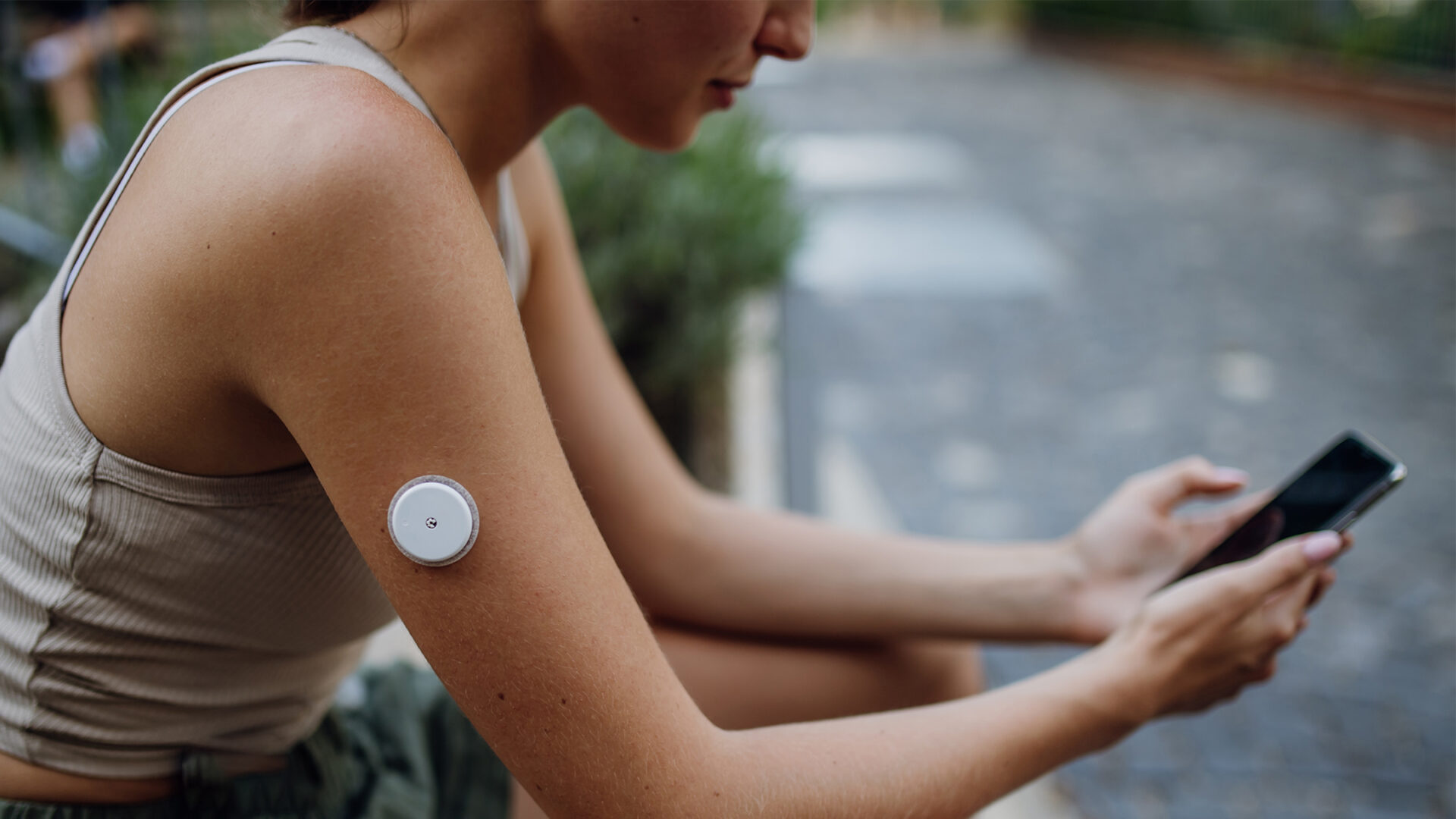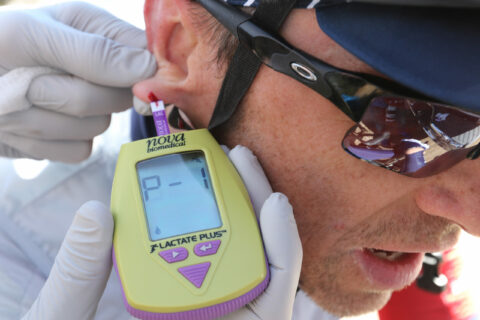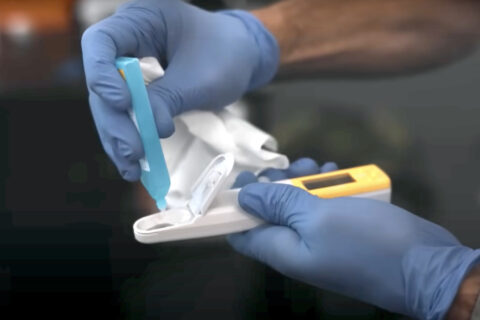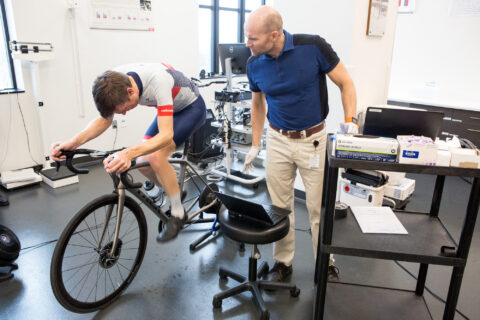Continuous lactate monitors have the potential to be a game changer in the endurance world, but does the technology measure up to the hype?
Continuous lactate monitors have the potential to be a game changer in the endurance world, but does the technology measure up to the hype?




